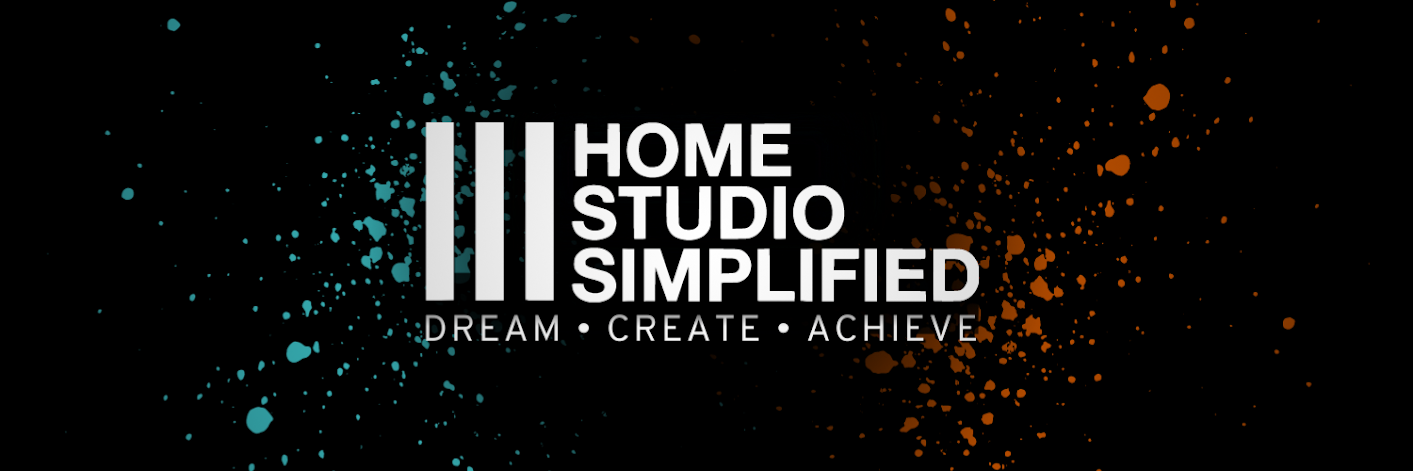Mixing music is an art form. Let me explain. My son went to his first art class yesterday where he learned the basics of the color wheel. He was taught contrasting and complimentary colors, as well as what tools he would need to let those creative ideas be put into practice. This was his first abstract piece of art.
This is not an excuse to just slap something together and expect a certain group of like minded musicians and music lovers to readily accept our shoddy work. What made Van Gogh stand out, as well as others, was that he was original, consistent, and he had developed (over time) his sense of what art is. He painstakingly worked long hours so that every brush stroke added to the masterpiece an element that no one else could recreate.
So anyway, what does this have to do with mixing? Well the parallels are all over the place but let's start with the color wheel. In mixing this would be your frequencies. There are complimentary and contrasting frequencies, those that mesh together for the better and those that fight against one another. Through proper use of an EQ and other plug ins you can actually "paint" a beautiful picture of any well recorded song. Conversely, you can mask and "shade" in elements so that things are so blended on your canvas that someone can't make out what it is supposed to be. (You've seen those moments when someone is standing in front of a painting, head tilted, gazing blankly)
However, mixing is an art. What one person says is a bad painting may just be what another thinks is great! I never much cared for Van Gogh, but he was famous for his work regardless of what I thought. Why? Because everyone has a subjective view of what art is and is not.
This is not an excuse to just slap something together and expect a certain group of like minded musicians and music lovers to readily accept our shoddy work. What made Van Gogh stand out, as well as others, was that he was original, consistent, and he had developed (over time) his sense of what art is. He painstakingly worked long hours so that every brush stroke added to the masterpiece an element that no one else could recreate.
As for the tools. He used a paintbrush. I am sure it was very similar to everyone else's paintbrush. Our paintbrush as budding mixing engineers and audio shapers, are our plugins and the gear that we use. Our canvas is our DAW. Just as there was no magic canvas that worked better than another's, all DAW's essentially do the very same thing. Every painter may have a preference on what paintbrush they prefer as well but they all do essentially the SAME THING. What makes the difference is the artists touch.
 |
| My canvas is Sonar |
In the paintings that I have done in the past I used several brushes, just as most artists will do as well. Generally, the reason why a paintbrush is switched out is because the artist is looking for a different texture or more control. A plug in, much like a brush, can entirely change the "texture" of a mix. It can define things or shade them in a pleasing way. Ultimately, when we make a decision to put a plug in on a track we shouldn't just be doing it to do it. Our basis for "switching up brushes" ought to be to add some texture or gain control over an element in our mix, and the end result should be pointing toward a masterpiece that has had purposeful "brush strokes".
Will our songs be liked by all? Nope. Will everyone notice our smooth mixing decisions? Probably not. When the average individual walks up to a painting they don't say "Wow! Look at those brush strokes and the shading of the elements, the perspective is amazing." No, for the most part they determine if the painting is good or not based on their perception of what good is, and the painting as a whole.
So, whether you can play an instrument or not, if you're mixing audio, you are an artist. Develop your style, learn along the way, and go create some masterpieces for all to see...or hear.
Will our songs be liked by all? Nope. Will everyone notice our smooth mixing decisions? Probably not. When the average individual walks up to a painting they don't say "Wow! Look at those brush strokes and the shading of the elements, the perspective is amazing." No, for the most part they determine if the painting is good or not based on their perception of what good is, and the painting as a whole.
So, whether you can play an instrument or not, if you're mixing audio, you are an artist. Develop your style, learn along the way, and go create some masterpieces for all to see...or hear.

